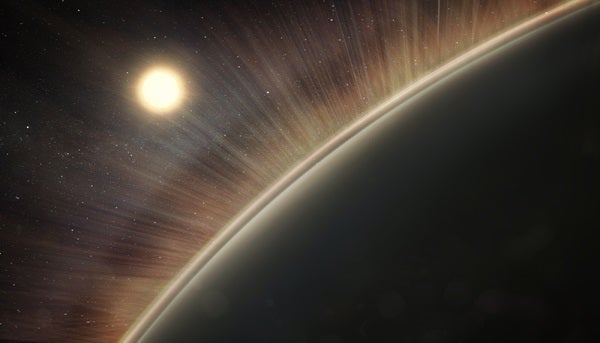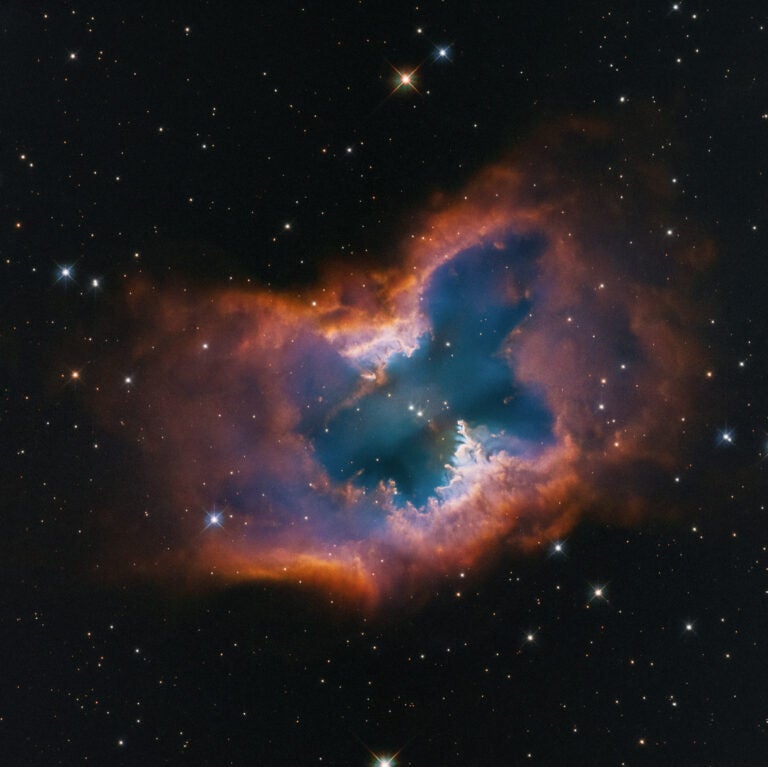A new study from the European Space Agency suggests one culprit for why Venus remains a dry, hot hellscape: electric winds in the upper atmosphere zaps even the smallest hint of water vapor out of its skies.
While Venus lies in the habitable zone of our solar system, something happened in its past to take it from a more lush, verdant world into a dry planet with a runaway greenhouse effect from the abundance of carbon dioxide in the atmosphere. Those gasses trap in a lot of heat. But the electric winds seem to go a step further in depleting the world of water.
The sun plays a factor in these winds, as solar winds conduct electricity. This, so to say, leads the charge through the atmosphere, with the electric winds further breaking down water compounds as they form. Water compounds in the lower parts of the atmosphere were likely long ago depleted and broken apart into hydrogen and oxygen, with the hydrogen floating away and the oxygen pummeled into the surface and into carbon dioxide.
NASA further says that electric winds may play a role on Mars as the possible culprit behind the depletion of its atmosphere, which eventually evaporated the oceans and left it in its present state.
It’s also been suggested that, in the search for habitable planets, electric winds would need to be taken into account as a possible deterrent to life. After all, in a perfect scenario, both Venus and Mars would be habitable worlds alongside Earth. While we may find plenty of planets in the habitable zones of their stars, actually habitability could depend on a lot of factors.
The results were published in Geophysical Research Letters.
Source: NASA










